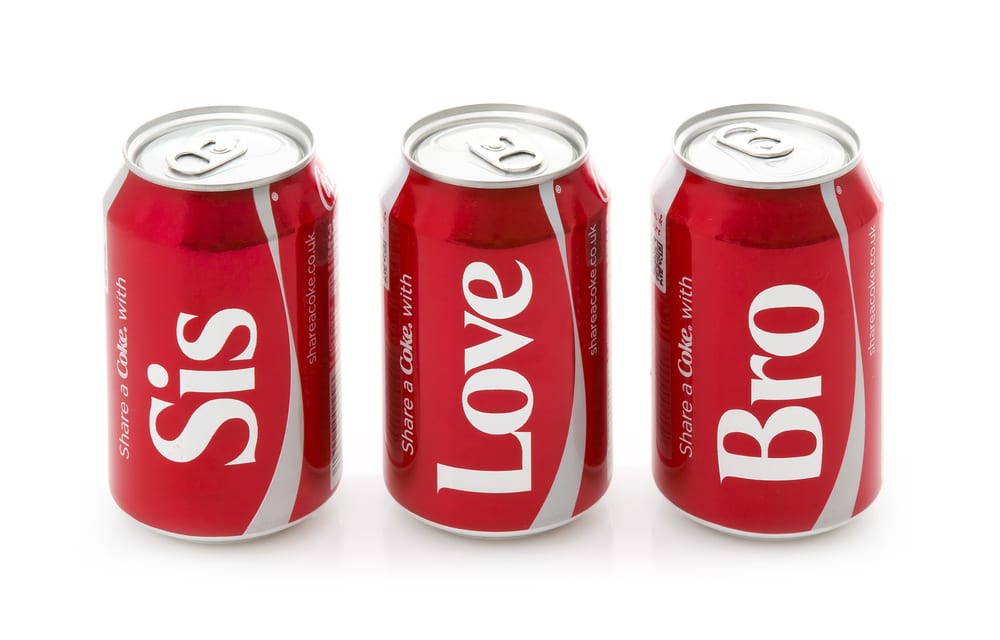4 Tips for Making UGC Your Content Marketing Hero
By: Lucy Kaplan
March 13, 2019
User-generated content (UGC) is any type of content that has been created by and put out into the world by fans (or anyone who is not being paid to post). UGC can take many forms: testimonials, photos, blog posts, tweets, videos—anything that includes a user promoting a brand, without the brand originating the post itself.
The “Share a Coke” campaign from Coca-Cola is a perfect example of UGC in action. Coke bottles were produced with fans’ names on the labels and put into sales rotation in various cities. Participants were asked to share the pictures of their personalized Coke bottles on social media platforms.
Let’s face it: People trust other people more than they trust brands. A brand will tell you, “This is the best product ever made to do X”—but every brand says that about their product. However, if I tell a friend, “Hey! I used X product and it was the best product that I’ve ever used!” that friend will be more likely to trust my saying it, because they trust me, and I am speaking from personal experience.
Looking for inspiration? Let your audience be your guide. By watching what your users are sharing, you can gain a better understanding of your target market—and perhaps even expand your target audience. What are audiences sharing? What questions do they have about your brand? How are people using your products, and where are they using them, geographically speaking? You can learn the answers to all of these questions by paying attention to the content being created by your followers.
Remember that UGC is relatively low to no-cost. If you are a small business, taking out ads that will most likely be overlooked by thumb-scrolling digital denizens is expensive. When real people are share their own encounters with your brand on their social channels, you can build and deepen relationships with existing customers.
Make sure would-be UGC creators are in the know. Your brand should have an easy-to-remember hashtag associated with it. You can guide people toward your hashtag by using it in a majority of your social posts and in the lion’s share of your marketing materials. Hashtags help people come together around your brand—and perhaps more importantly, they are searchable and trackable.
Ask for permission before you post. Brands often make the mistake of finding UGC and immediately sharing it from their own channels. Once you’ve found a promising customer’s post, make sure you reach out to that person via direct message or a reply in the comments. (You can also ask them to DM you if you encounter locked accounts or want to avoid being awkward.)
UGC is a benefit to brands because it is content produced directly by people who already love your brand. It expands your content reach, and helps create new fans, deepens relationships with current consumers and provides you with brand advocates.
Have you used UGC in your content marketing? What are some of the best examples of UGC that you’ve seen?
Follow Lucy: @lucyrk78


